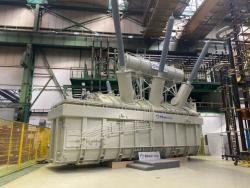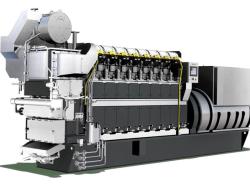
OR WAIT null SECS
© 2024 MJH Life Sciences™ and Turbomachinery Magazine. All rights reserved.
Interpreting seal leakage data
Mechanical seal user’s measure and report seal leakage from pumps in many ways. The sophistication of measurement typically correlates to the consequences of leakage or component failure.
On one extreme, leakage of cooling tower water pumps might be captured in a crude plastic container every day or so and reported in units of “1 to 2 liters per day.” At the other extreme, barrier gas leakage into a highly toxic phosgene pump may be electronically recorded every second by expensive instruments that can govern the shutdown of expensive production machines.
This article contains excerpts from “A Contemporary guide to mechanical seal leakage” by John B. Merrill, manager of application engineering at EagleBurgmann at the 2009 Turbomachinery Symposium.
The following serves as a crude algorithm for interpreting mechanical seal leakage data:
• Start-up leakage of a new seal—If the leakage value is more than two orders of magnitude (factor of 100:1) than what is expected, the seal is very likely damaged or improperly installed. Removal and inspection are warranted. If leakage is between one and two orders of magnitude than what is expected, carefully measure the leakage trend. If leakage is constant for 48 hours, remove the seal and inspect. If leakage is downward trending, then continue to run the seal until steady-state leakage is obtained and review that value with the manufacturer.
• Upward trending leakage of a mature seal—This usually is the result of gradual damage to the seal faces in the form of chipping, scratching or radial taper. If the machine runs at steady-state conditions and the leakage is upward trending and linear the seal can remain in service until some agreed upon value.
• Chaotic leakage ranging across one or more orders of magnitude, machine is at steady-state—This is the hardest data to interpret. In fact, an interpretation should probably not be attempted. If this is a critical service then the seal should be removed and inspected either immediately or at the next logical opportunity depending on the situation. Possible causes for this behavior are outside the scope of this work.
• Increase in leakage that corresponds to a change in vibration signature—If the increase in leakage is less than an order of magnitude, it may correct itself over time. If increase in leakage is more than an order of magnitude it is likely the result of irreversible or autocatalytic damage.



